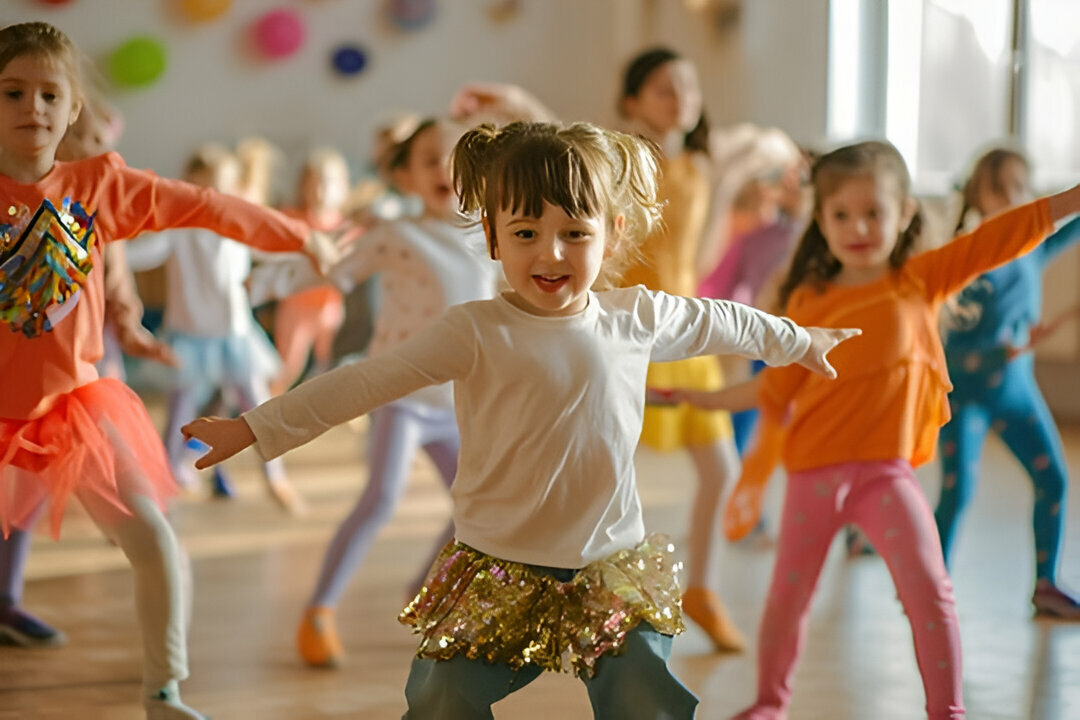Competition dance is more than just movement set to music—it’s a transformative journey that shapes dancers into skilled performers and resilient individuals. Whether you’re an aspiring dancer or a parent curious about the benefits, this article will take you through the exciting world of competition dance. We’ll discuss its unique aspects, advantages, and the lifelong lessons it offers.
Introduction to Competition Dance
Competition dance is an electrifying blend of passion, precision, and performance. It’s where dedication meets creativity, and every routine tells a story. Whether performed solo or as part of a team, competition dance challenges dancers to push their limits and shine under the spotlight.
What Makes Competition Dance Unique?
Unlike recreational dance, competition dance demands a higher level of commitment. It combines artistry with athleticism, requiring dancers to master intricate choreography while expressing deep emotion. Think of it as a fusion of sport and theater, where every step is both a technical feat and a performance piece.
The Role of Technique and Training
In competition dance, strong technical foundations are non-negotiable. Hours of practice go into perfecting leaps, turns, and other challenging moves. Dancers often train in multiple styles—ballet, jazz, hip-hop, and contemporary—to build versatility and adaptability. This rigorous training not only enhances skill but also instills discipline.
Why Teamwork Matters in Dance
Ever watched a synchronized group routine and marveled at its harmony? That’s teamwork in action. Dancers rely on each other to create seamless performances. Just like gears in a clock, every member plays a crucial role, teaching dancers the value of trust, communication, and collaboration.
Developing Confidence Through Performance
Stepping onto the stage takes courage. Competition dance provides countless opportunities for dancers to build self-confidence. Each performance, whether a triumph or a learning experience, helps dancers grow more comfortable in their skin and learn to present themselves with poise.
The Power of Constructive Criticism
Feedback is a cornerstone of improvement in competition dance. Judges provide detailed critiques, helping dancers identify strengths and areas for growth. Learning to embrace constructive criticism is an invaluable skill that dancers carry into all aspects of life.
Lifelong Lessons Beyond the Stage
Competition dance is a microcosm of life. It teaches resilience in the face of setbacks, the importance of hard work, and the joy of pursuing one’s passions. These lessons stick with dancers, equipping them with tools to navigate challenges long after they leave the dance floor.
How Competitions Inspire Creativity
Competitions encourage dancers to think outside the box. From choreographing unique routines to experimenting with costumes and props, creativity takes center stage. This freedom of expression fuels artistic growth and keeps dance exciting.
Balancing Dance with Academics
Time management is key for competition dancers who juggle demanding practice schedules with schoolwork. The discipline they develop often translates into academic success, as they learn to prioritize, plan, and stay focused.
The Role of Parents and Support Systems
Behind every great dancer is a team of cheerleaders—parents, coaches, and friends. Their encouragement and support play a vital role in a dancer’s journey, providing motivation and stability in a demanding field.
Building Lasting Friendships
Competition dance fosters a sense of community. Dancers form deep bonds with their teammates, sharing not just victories and defeats but also countless hours of practice. These friendships often last a lifetime, built on shared experiences and mutual respect.
Embracing Challenges and Growth
Every dancer faces setbacks, whether it’s a missed step or a lower-than-expected score. But these challenges are stepping stones to growth. Overcoming them builds character and resilience, qualities that serve dancers well in all walks of life.
The Joy of Celebrating Achievements
From earning trophies to mastering a new skill, every milestone in competition dance is worth celebrating. These moments of triumph remind dancers of their progress and fuel their passion for the art.
Key Takeaways:
- Competition dance builds life skills: It fosters discipline, teamwork, and resilience, preparing dancers for challenges beyond the stage.
- Creativity thrives in competitions: Dancers are encouraged to think outside the box with choreography, costumes, and performances.
- Confidence grows through performance: Stepping on stage helps dancers overcome fears and present themselves with poise.
- Support systems matter: Parents, coaches, and teammates play a vital role in motivating and encouraging dancers.
- Friendships and memories last a lifetime: Competition dance creates strong bonds and cherished experiences among dancers.
A Dance Journey Like No Other
Competition dance is more than just an extracurricular activity—it’s a life-shaping experience. It molds dancers into confident, disciplined, and creative individuals ready to take on any challenge. Whether you’re performing on stage or cheering from the audience, the world of competition dance is one of inspiration and transformation.
What age should a child start competition dance?
While many children start around 6–8 years old, it’s never too late to begin. Starting earlier helps build foundational skills, but passion and dedication matter most.
How often do competition dancers practice?
Practice schedules vary, but competitive dancers typically train several hours a week, often balancing multiple dance styles.
What are the benefits of competition dance for kids?
Competition dance helps kids develop confidence, discipline, teamwork skills, and a strong work ethic, all while fostering creativity and self-expression.
How do parents support their competition dancers?
Parents can support by providing encouragement, attending performances, and helping manage the demands of practice and school.
Is competition dance suitable for everyone?
Absolutely! While it requires commitment, competition dance welcomes dancers of all skill levels and backgrounds, offering opportunities to grow and shine.
